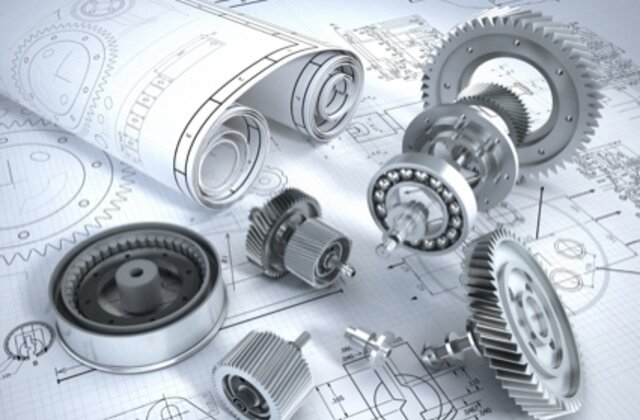Mechanical engineering is one of the oldest and most versatile engineering disciplines. From combustion engines to aircraft design, mechanical engineering is at the forefront of modern technology. The field has seen rapid advancements in the last century and shows no signs of slowing down. Below, we discuss this exciting field in more depth.
Mechanical Engineering Programs
Masters of mechanical engineering online programs are designed to give students the skills they need to succeed in this rapidly changing field. Courses cover a range of topics, from thermodynamics to fluid mechanics.
Students in a mechanical engineering master’s program online can expect to learn about:
-The principles of motion, energy, and heat
-How to design and build machines and engines
-How to optimize systems for efficiency
-How to troubleshoot and maintain mechanical systems
Graduates of a mechanical engineering master’s program online are well-prepared for a career in a wide range of industries. They can work as engineers in manufacturing plants, research and development labs, or government agencies. They can also work as consultants or start their own businesses.
The Evolution of Mechanical Engineering
Mechanical engineering is one of the oldest and most essential engineering disciplines. Its history can be traced back to the ancient Greeks and Romans, who used mechanics to design and build machines. Mechanical engineering has come a long way over the years. What started out as simple inventions like the wheel and it’s use in primitive machines has evolved into sophisticated technology used for aerospace precision machining that demands perfection down to the finest details. Mechanical engineers are now responsible for the design, development, and manufacture of a wide variety of products and systems, from cars and airplanes to microchips and medical implants.
The modern field of mechanical engineering is constantly evolving, thanks to new technologies and materials. In recent years, there has been a growing emphasis on sustainable design and energy efficiency, as well as the use of computer-aided design (CAD) and other advanced tools. Mechanical engineers must be able to keep up with these changes in order to stay competitive in the job market.
The future of mechanical engineering is looking bright. With new technologies and materials emerging all the time, there are endless possibilities for what mechanical engineers can create.
Dynamics and Vibration Control
Mechanical engineers use principles of physics and mathematics to analyze and solve problems in mechanical systems. They must be able to design and build prototypes of their designs, and they must also be able to test and evaluate their designs. One of the most important areas of mechanical engineering is dynamics and vibration control. In this field, engineers use mathematical models to
analyze the movement of mechanical systems and to identify and correct any problems that may cause vibrations or instability. They also develop techniques to reduce noise and vibration in systems.
Engineering Analysis and Design
Mechanical engineers use their knowledge of mathematics and science to solve problems in the real world. They design and analyze machines such as engines, turbines, and robots. They also develop materials and manufacturing processes for products such as cars and spacecraft. Mechanical engineers must be able to think creatively and solve problems effectively. They must also be able to work with other engineers and technicians to ensure that their designs are manufactured correctly.
Product Design and Manufacturing Processes
One of the most important aspects of mechanical engineering is product design. Mechanical engineers must design products that are both safe and efficient. In order to do this, they need to understand the principles of physics and engineering mechanics. They must also be familiar with the latest manufacturing technologies and processes.
Manufacturing processes have come a long way in the last few decades. In the past, most products were manufactured using traditional methods, such as casting and machining. However, modern manufacturing processes are much more efficient and can produce a wider range of products. Some of the most common modern manufacturing processes include:
3D printing. Today, many products are manufactured using 3D printing. This process involves creating a 3D model of the product and then printing it using a 3D printer. 3D printing is a relatively new technology, and it is still evolving. However, it has already proved to be a valuable manufacturing tool.
Additive manufacturing. Additive manufacturing is another modern manufacturing process. This process involves creating a product by adding successive layers of material. Additive manufacturing is often used to create complex products that cannot be manufactured using traditional methods.
CNC machining. CNC machining is another common manufacturing process. This process involves using a computer to control a machine that cuts or shapes a product. CNC machining is often used to create products from metal or plastic.
Injection molding. Injection molding is another common manufacturing process. This process involves injecting molten plastic into a mold. The plastic then hardens and the mold is opened to release the product. Injection molding is often used to manufacture products from plastic.
The field of mechanical engineering is constantly evolving, and new technologies and methods are constantly being developed. Mechanical engineers must be able to keep up with these changes and adapt their designs and methods to meet the needs of the modern world.

